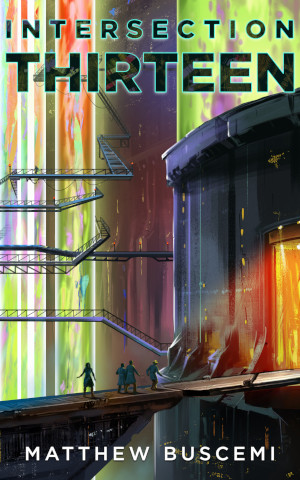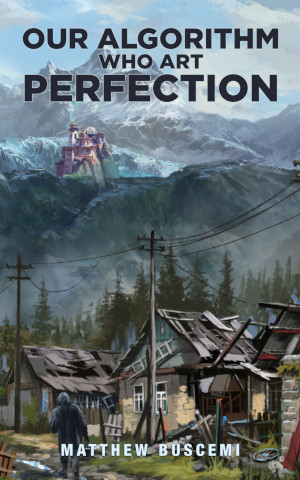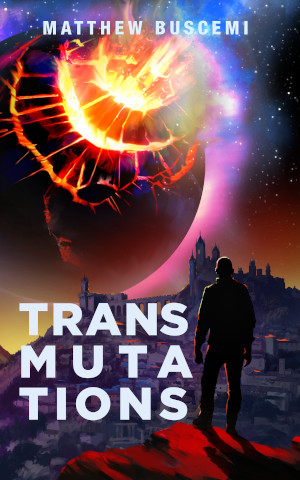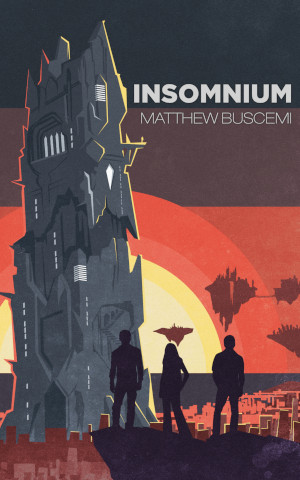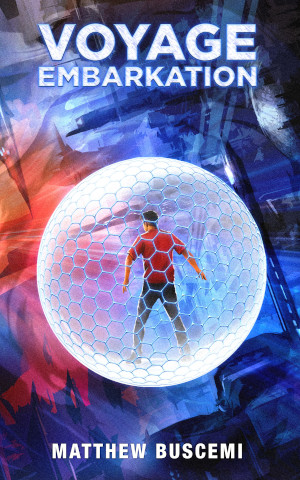Beautiful Linux
Monday, June 3, 2019 at 6:40pm
My history with Linux goes back to my time in Japan. I took with me for my two year teaching stint a Dell laptop with Windows ME installed. The operating system lasted about a year and then became roughly unusable. This was in 2006, probably near the peak of internet malware's ability to damage a computer's performance. An acquaintance recommended that I give Ubuntu a try. I was initially extremely skeptical, but the Dell degraded to the point where I had no choice. I partitioned half the hard drive and installed my first Linux distribution.
It was rough going at first. I had to build drivers for my wireless card from source before wireless internet would work. System updates had a tendency to break things in obnoxious and unpredictable way. But, importantly, Skype was available, and that was my only lifeline to home, international phone rates from Japan being obscenely high. It was the very beginning of voice-over IP, and for me it was a godsend.
Learning Linux also deepened my knowledge of software in unexpected ways. I learned how to set up and administer my own LAMP stacks, as opposed to what I had done prior, which was to merely rent space on someone else's server. That skill probably helped me land my first professional software engineering job, for which I was responsible for a cluster of four Red Hat servers.
When I moved to Seattle in 2011, I found my workplace changed—Mac laptops were all the rage. Having achieved a substantial salary for the first time in my life, I ditched my home Ubuntu rigs and decided to make my code-at-home learning environment mirror my work environment as closely as possible.
Now, in 2019, I find my situation changed again. Apple's software may still be elegant, but I find it also unnecessarily restrictive and buggy. For example, even though I have only ever logged in to my own account on iTunes, my iTunes periodically insists that I am locked out from downloading my own music for purportedly "switching accounts". Also, my workplace has switched to operating primarily off of Windows. The best option for me, once again, appears to be Linux.
After some digging around, I discovered an Ubuntu variant called Pop! OS, maintained by a hardware vendor called System76. I decided to install it on an old laptop and take it for a spin this past weekend. I was amazed. It is lightning fast to load up, to shut down, and everything just works. Ubuntu has come so far from where it was when I met it thirteen years ago. Pop! OS is both elegant and functional.
I am now seriously considering converting my entire primary workspace. My biggest open question remains print publishing. I will be giving up Adobe's line of products completely. I know from long (cross-platform) experience that GIMP will meet all my image editing needs, and that Inkscape will more than suffice for vector graphics. What has yet to be discovered is whether or not Scribus can truly replace InDesign for print layout. I don't yet know what the answer will be. In a series of upcoming blog posts, I will attempt to reproduce both the cover and interior of my upcoming collection, The Shipwright and Other Stories, in Scribus. Along the way, I'll document everything I learn. The series should hopefully serve as a good introduction to Scribus for those who are used to InDesign.

